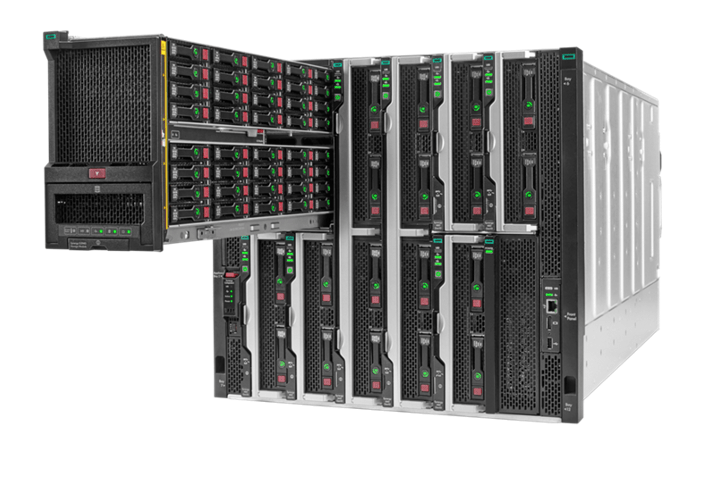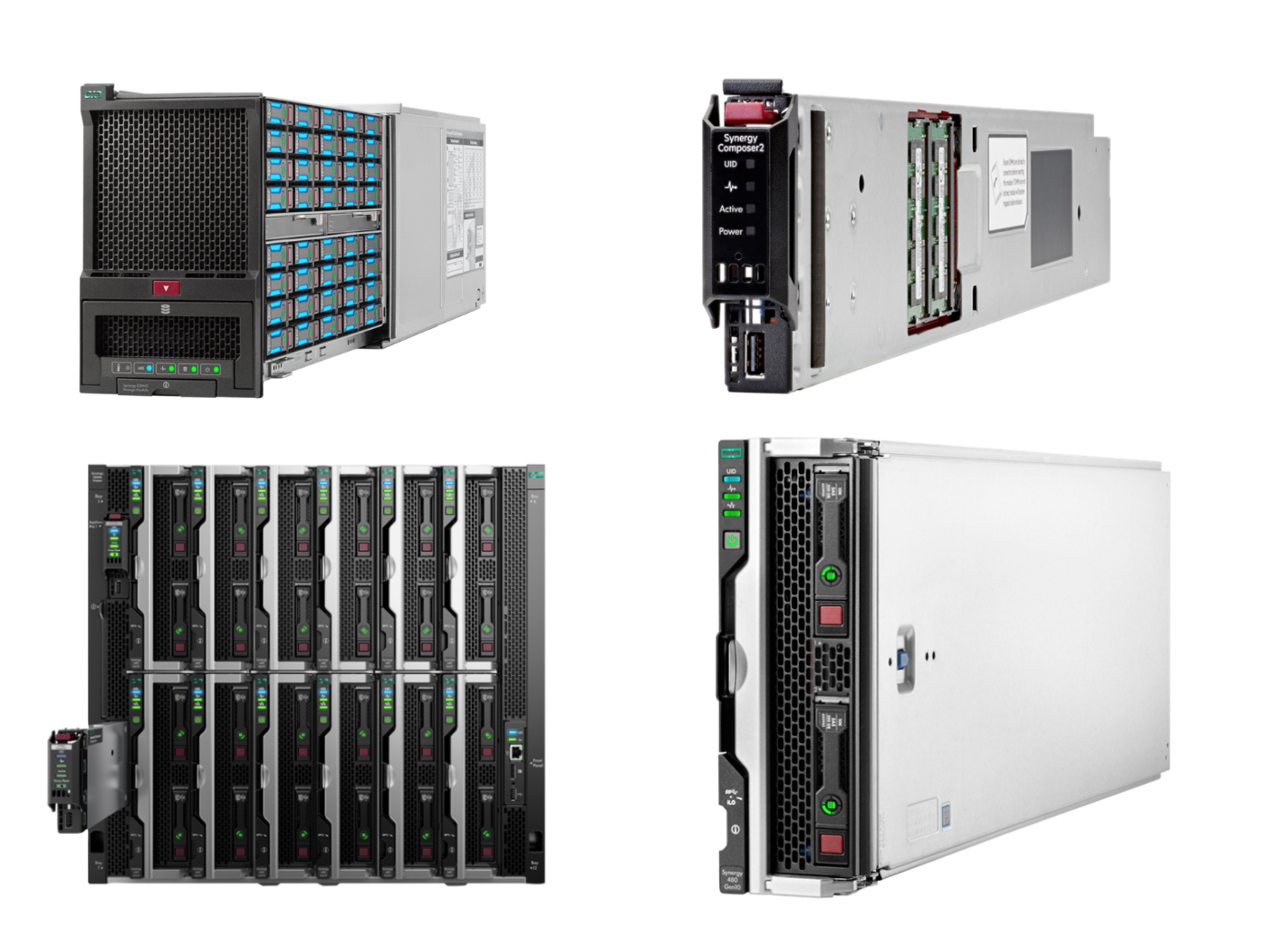15 April 2020 | Posted by userDataCenter
HPE Synergy

Composable infrastructure is the decoupling of resources from the hardware they reside on, pooling them into a form easily accessible from anywhere in the data center, and then provisioning workloads with exactly the amount of resources they need via software.
HPE Synergy is a new category of infrastructure designed to bridge traditional and cloud‐native applications through the implementation of composable infrastructure. This product has the following features:
- Fluid resource pools: Composable pools of compute, storage, and fabric work as a single structure, ready to boot up for any workload.
- Software‐defined intelligence: HPE Synergy uses workload templates to tell the infrastructure how to compose, recompose, and update on‐the‐fly.
- Unified application programming interface: Thanks to the (APIs), the infrastructure can be programmed like code, bringing powerful Infrastructure‐ as‐a‐Service (IaaS) capabilities to the private data center.
The HPE Synergy platform is composed of the following elements. When these elements work together, they offer lots of benefits:
- Composable frame: provides a location in which compute, storage, fabric, and management are all aggregated. It’s optimized to include all elements to run any workload.
- Composable management: enables you to deploy, monitor, update, and manage infrastructure through its life cycle from one interface.
- Composable computer: provides the per- formance, scalability, CPU and memory density optimization, storage simplicity, and configuration flexibility that enable a variety of workload support.
- Composable storage: provides support for file, block, and object‐ based storage systems and supports a variety of both internal and external storage modules and arrays.
- Composable fabric: liminates theneed for standalone top‐of‐rack switches, improves perfor- mance, provides cost efficient scaling, and simplifies life-cycle management.

Jaume Mirada